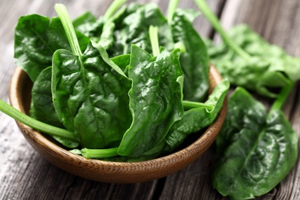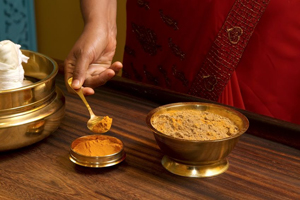 Loading... Please wait...
Loading... Please wait...- Home
- Take the Mystery out of Skincare
Take the Mystery out of Skincare
 Your skin protects your body, but that's not all. It's the face you present to the world. When skin is healthy, it's a source of beauty. The choices you make every day like what you eat, where you go, and how you feel will affect how your skin looks.
Your skin protects your body, but that's not all. It's the face you present to the world. When skin is healthy, it's a source of beauty. The choices you make every day like what you eat, where you go, and how you feel will affect how your skin looks.
Want good skin? Watch your diet. Higher intakes of Vitamin C (Link: Orange & Green Tea Face & Body Scrub) and a lower intake of fats and carbohydrates are associated with better appearance as your skin ages. Changing your diet will help how your skin looks. Foods rich in antioxidants such as fish, fruits, and vegetables help protect skin. To avoid breakouts, go for complex carbohydrates (like whole grains and pasta) and healthy proteins (like lean fish and chicken). Eating foods or using products rich in Vitamin C (Link: Orange & Green Tea Face & Body Scrub) and Vitamin E (Link: Hydrating Basil Face Gel, Apricot Cleansing Milk) can help protect your skin against sun damage. They may even help reverse signs of wrinkles and skin discoloration.
Exercise benefits every part of your body including the largest organ, your skin. Working out improves circulation by flushing toxins from your skin. Better blood flow also brings to the skin more oxygen, nutrients, and may help your skin produce collagen which staves off wrinkles. Don't fret about sweat -- exercise may actually help unclog pores. Wash your face right after a workout. Also, avoid tight headbands that can trap sweat and irritate skin.
 Burn the candle at both ends for a few nights, and you may see it reflected in your face: dark circles under the eyes, pale skin, and puffy eyes. Getting 8 hours a night of sleep will keep your body and skin in top shape.
Burn the candle at both ends for a few nights, and you may see it reflected in your face: dark circles under the eyes, pale skin, and puffy eyes. Getting 8 hours a night of sleep will keep your body and skin in top shape.
As you age, your skin changes. Your body doesn't produce as much collagen or elastin that allows skin to spring back into place. They both become weaker. You also don't create or lose skin cells as fast. To boost aging skin, exfoliate to remove dead skin, use cleansing milk, and moisturize often.
There are three main layers of skin that have an impact on how you look. The outer layer of dead skin (Stratum Corneum) contains dead skin cells that used to exist in the epidermis. Using facial scrubs and some other skin products will remove or thin this layer.
The outer layer of skin (Epidermis) is the thinnest layer of your skin even though it is responsible for protecting you from the harsh environment. The epidermis has four layers of its own: stratum germinativum, stratum spinosum, stratum granulosum, and stratum lucidum. The epidermis also hosts different types of cells: keratinocytes, melanocytes and Langerhans cells. Keratinocytes produce the protein known as keratin, the main component of the epidermis. Melanocytes produce your skin pigment, known as melanin. Langerhans cells prevent foreign substances from getting into your skin.
The Middle Layer of Skin (Dermis) is the layer responsible for wrinkles. The dermis is a complex combination of blood vessels, hair follicles, and sebaceous (oil) glands. Here, you'll find collagen and elastin, two proteins necessary for skin health because they offer support and elasticity. Fibroblasts are the cells you'll find in this layer because they synthesize collagen and elastin. This layer also contains nerves that sense pain, touch, and temperature.
